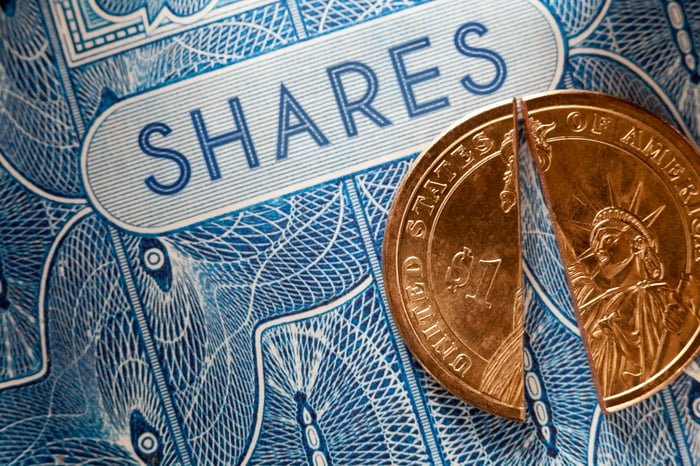President Trump has been able to argue that his economic policies aren’t stoking inflation and point to inflation prints cooled by falling energy prices as evidence.
But rapid-fire developments in the Middle East could put that case in jeopardy.
Thursday night’s airstrikes from Israel across Iran immediately shook up oil markets with fears that a protracted war could lead to higher oil prices and inflation this summer.
The attack spiked future prices for crude oil by as much as 13% before a retreat Friday.
And new analyses from JPMorgan Chase (JPM) underlined the larger stakes.
One released Friday morning suggested Trump will be focused in the days ahead on his “primary objective of maintaining low energy prices,” but there is nevertheless now a 17% chance of a “worst-case scenario” in the region with things like oil shipping lanes blocked.
That’s a scenario that “could spike oil prices to $120, driving US CPI to 5%.”
A separate note from Bloomberg Economics underscored the point, writing that a sustained increase in oil prices would add to the inflationary impulse already present in the US from Trump’s tariffs.
The late night attack from Israel, a spokesman for the country said, was focused on Iran’s nuclear facilities and its military chain of command and not its oil infrastructure.
But it immediately raised concerns about what a protracted war could mean for the transit of oil through the Strait of Hormuz, which is a waterway where tankers are estimated to carry 17 million barrels of oil each day.
The prospect of more expensive energy would also carry added political saliency in the US ahead of the coming summer driving season.
The new uncertainties could also make it more difficult for Trump to keep touting lower inflation, as he did earlier this week when falling prices at the pump held down a key May price reading.
It could also further complicate his already fraught relationship with Federal Reserve Chair Jerome Powell, who has held rates steady due to uncertainties surrounding Trump’s economic policies but could have additional uncertainty to contend with.
In a note Wednesday, Joe Brusuelas of RSM US suggested that the US economy is well-positioned to weather the disruption even as there will be economic costs. He said current conditions in the region could mean “the consumer price index would increase to 2.5% at a minimum in June from the current 2.4% and economic growth would be dragged down.”
Trump himself immediately responded to the attacks with multiple social media posts that didn’t address energy but urged Iran to make a deal to stave off additional attacks “before there is nothing left.”
Yet the next steps could be increasing escalation, with Benjamin Netanyahu releasing his own statement promising more attacks “for as many days as it takes.”
Trump and his administration immediately tried to distance themselves from the conflict and say they are not directly involved even as reports emerged that US ships could be headed to the region.
And the gas price issue could also be increasingly hard to avoid.
It was just on Thursday that Trump held an energy-focused bill signing at the White House and went out of his way to say he wasn’t happy with price increases in evidence, even before the attacks.
“I don’t like — the oil prices have gone up just a little bit over the last few days,” Trump said and then joked with his Energy secretary, saying those increases almost led him to “call and just really start screaming.”
The comments from the president underline the link between energy and inflation, with this week’s cooler-than-expected CPI reading held down by falling energy costs.
Gasoline has seen a 12% drop in prices over the last year, with the government’s energy index dropping 1% month over month in the most recent report.
Those are drops that have been touted again and again by Trump and his aides.
“Core” inflation in May, which excludes food and energy costs, found inflation coming in at a 2.8% rate over the past year, which is still above the Fed’s goal of 2%.
The effect of a sustained price shock on oil and the possibility of higher prices this summer could have a wide variety of effects — and not positive ones in Trump’s view.
For one, it could put pressure on the president to dial back some of his “Liberation Day 2.0” tariff plans, with Trump and his aides again and again pushing back on economists predicting inflation effects in the months ahead from tariffs.
Henrietta Treyz of Veda Partners pointed out in a note events “could put pressure on the president to abstain from hiking tariffs even against countries who have not negotiated a deal by July 9th.”
Rising prices could also be another factor in Trump’s increasingly combustible relationship with Powell, who has urged patience on monetary policy due to the uncertainty surrounding Trump’s policies.
Just yesterday, Trump again slammed Powell as a “numbskull” as part of his pressure campaign to get the central bank to lower rates quickly.
Trump also said in those comments that he would be fine with higher rates if inflation were going up.
“But it’s down,” he claimed instead, “and I may have to force something.”
The Bloomberg analysis this week also underscored potential issues ahead from Powell’s side, finding a “concern that inflation expectations are not firmly anchored … would be difficult for Fed Chair Jerome Powell & Co. to look through.”
This story has been updated with additional developments.
Ben Werschkul is a Washington correspondent for Yahoo Finance.
Read the latest financial and business news from Yahoo Finance







